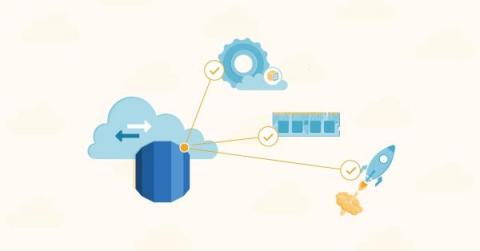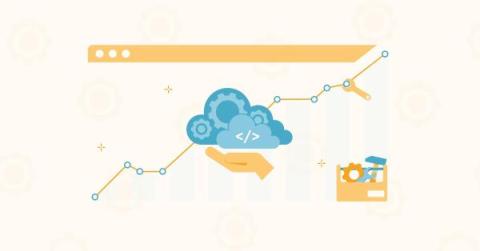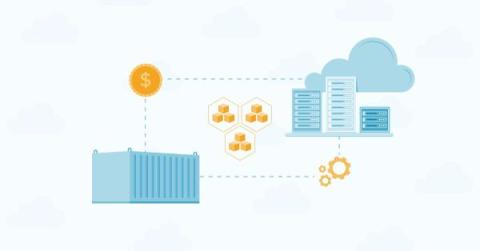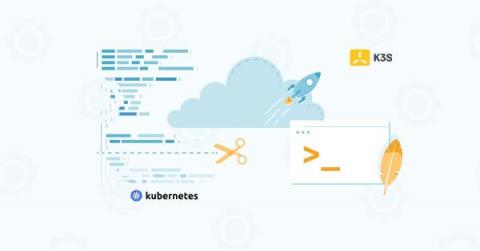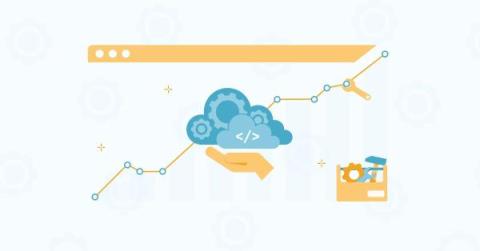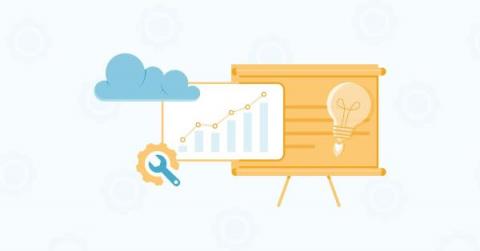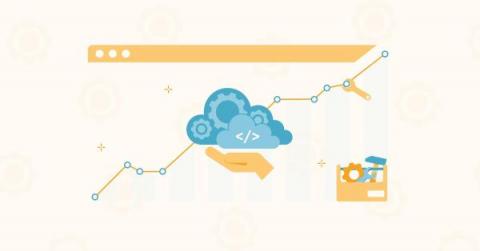The Ultimate RDS Instance Types Guide: What You Need To Know
Amazon’s Relational Database Service (Amazon RDS) offers a variety of database instances, which can be confusing at first. In this guide, we'll clarify what each RDS instance class, family, type, and size means in under 15 minutes. Let's start at the beginning.


